‘Music is part of our culture’: How Philly’s Centro Musical shop makes space for salsa and community
West Kensington’s Centro Musical is more than a shop — it’s a place for Latinos to come together, play music and celebrate their culture.
This story is part of The 47: Historias along a bus route, a collaboration between WHYY’s PlanPhilly, Emma Restrepo and Jane M. Von Bergen.
This article is written in English. To read this article in a combination of English and Spanish, click or tap here o para leer este artículo en español, haga clic o toque aquí.
Salsa starts in the heart, moves to the hips and feet in a joyous rhythm that is the latido del corazón, or heartbeat, of the city’s Latino community. And nowhere does it beat more fervently than at the bustling corner of 5th and Lehigh – heart of El Bloque de Oro and home of Centro Musical, probably the most important salsa music-and-instrument store in Philadelphia.
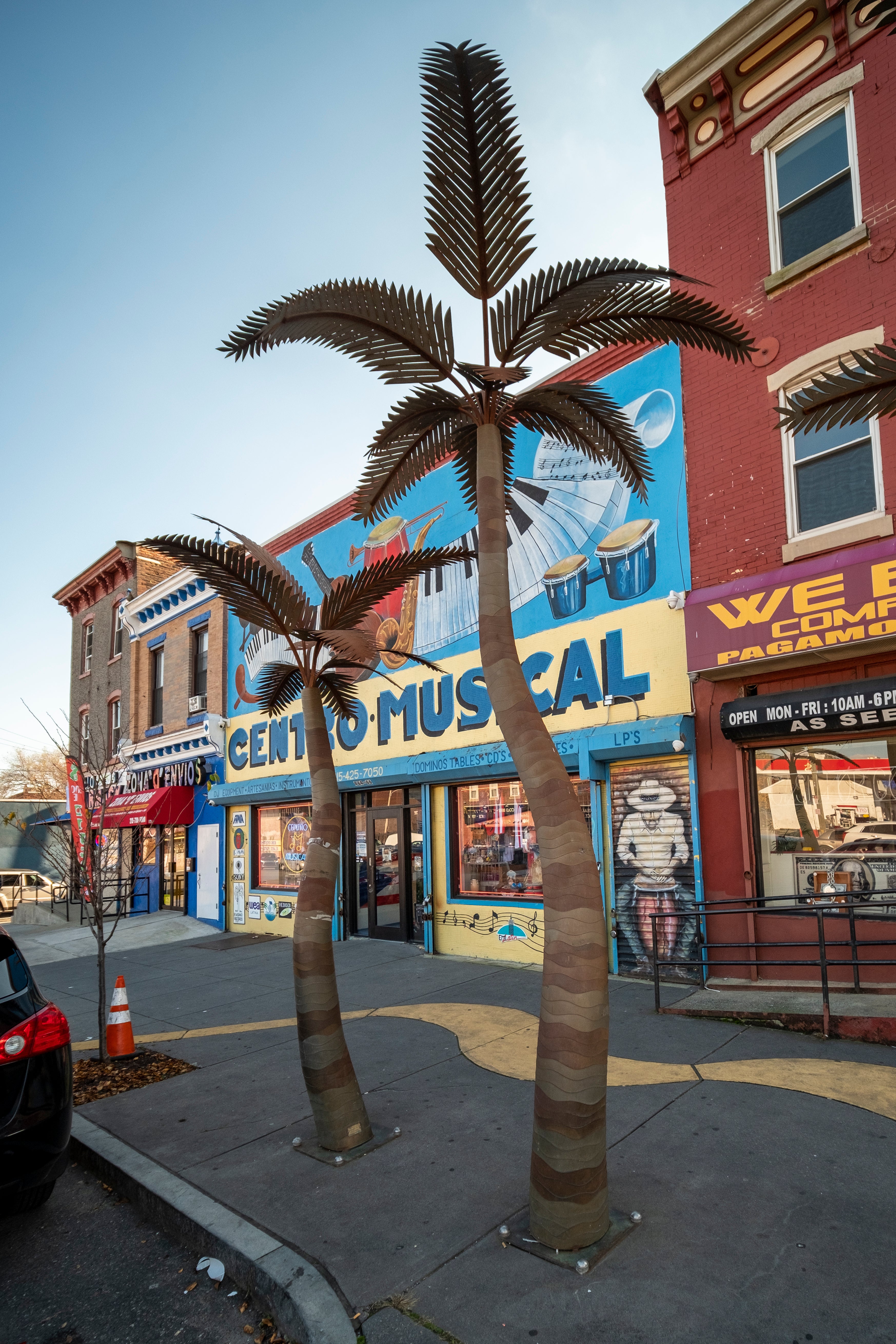
“Salsa was, and will be, the best genre of music, and it will never die,” said Reinaldo Meléndez, owner of the West Kensington shop. “It is something that is here to stay. When you compare other types of music, it is still at the top.”
Serving North Philadelphia’s busiest Latino business district, SEPTA’s Route 47 bus stops practically outside Centro Musical’s door. Inside? Rows of glistening guitars hang on the walls, maracas and güiros fill bins. Bongos, congos, tambourines and cowbells crowd aisles and counters, along with racks of compact discs and records featuring tunes by all the past and present Latino greats.
Outside, the music continues in mural form.
A painted keyboard unfurls above the door, the width of the entire storefront providing a backdrop for a guitar, saxophone, bongos, maracas, and a cowbell. Below a window, a line of music, annotated for percussion, pulses out a rhythm, while a musician plays a bongo on a sliding metal door.
The iconic metal palm-tree sculptures lining the curb seem to bend to the beat. Or they might be listening to musicians playing inside. An impromptu concert may break out at any moment — guitarists, percussionists, vocalists. They feel welcome at Meléndez’s store.
“We follow the same tradition that the previous owner had for 57 years. A beautiful friendship has been made with the musicians – perhaps with some, it is a relationship of 35 years,” Meléndez said. The players gather inside, or outside and the música begins.
“The music attracts them. They come. They share. They have their drink, their beer. They sing, they play, and we always have a good time,” Meléndez said.
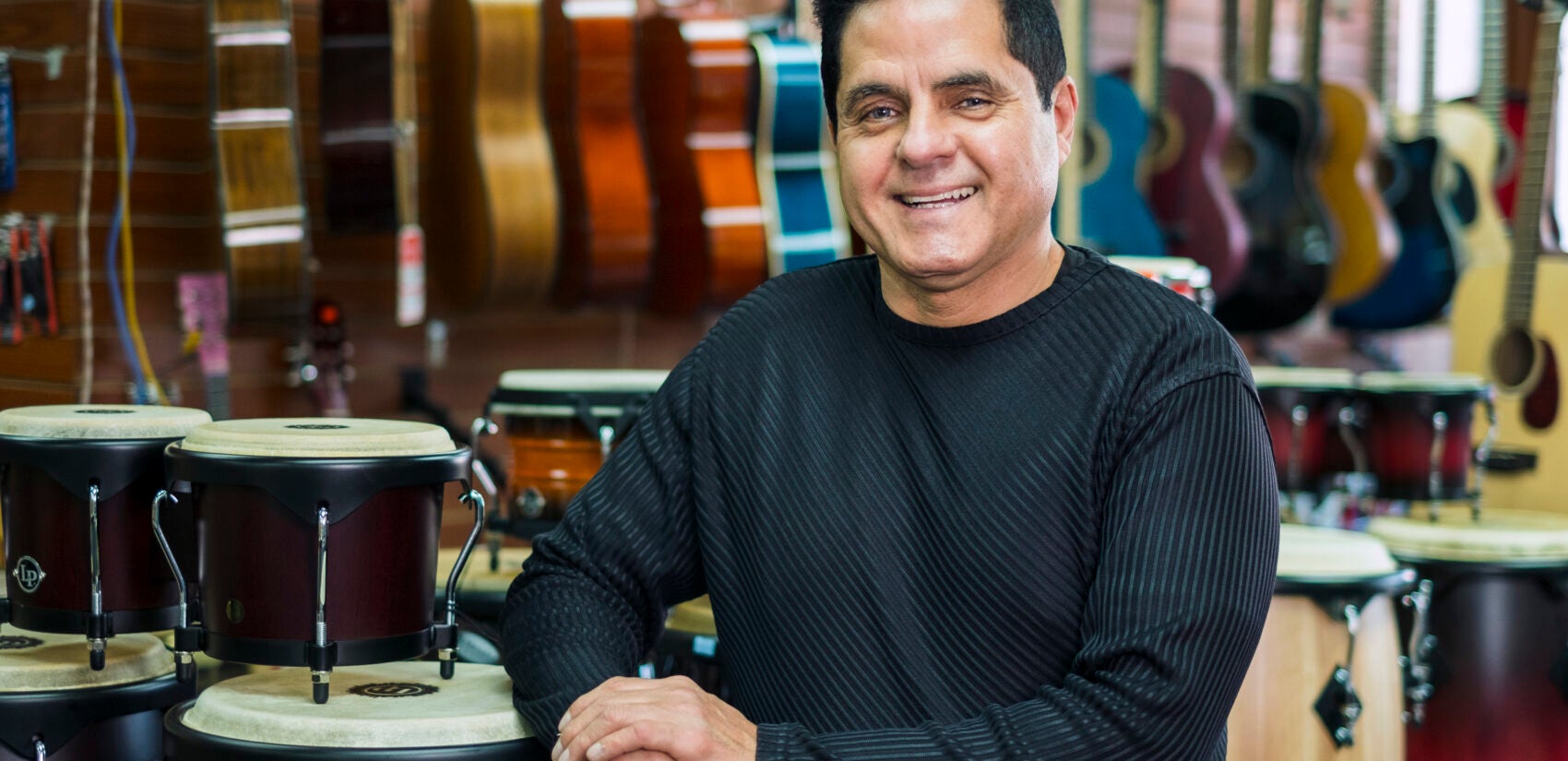
At Centro Musical, it is a celebration all year round and at Christmas they have parrandas, aguinaldos, villancicos or Christmas carols, several names for the same celebration.
“Philadelphia is where I have seen the most musicians in my life,” Meléndez said. “Schools offer many workshops – many kinds of instruments. And there are many nonprofit entities like Taller Puertorriqueño that infuse Puerto Rican culture, since music is part of our culture.”
Salsa is alive throughout the world, especially for Latinos. Puerto Rican New Yorkers, or Nuyoricans, popularized the musical genre, melding the rhythms of the island with influences from Cuba, and Latin jazz. From New York, the infectious beats migrated through Central and South America, especially to Colombia.
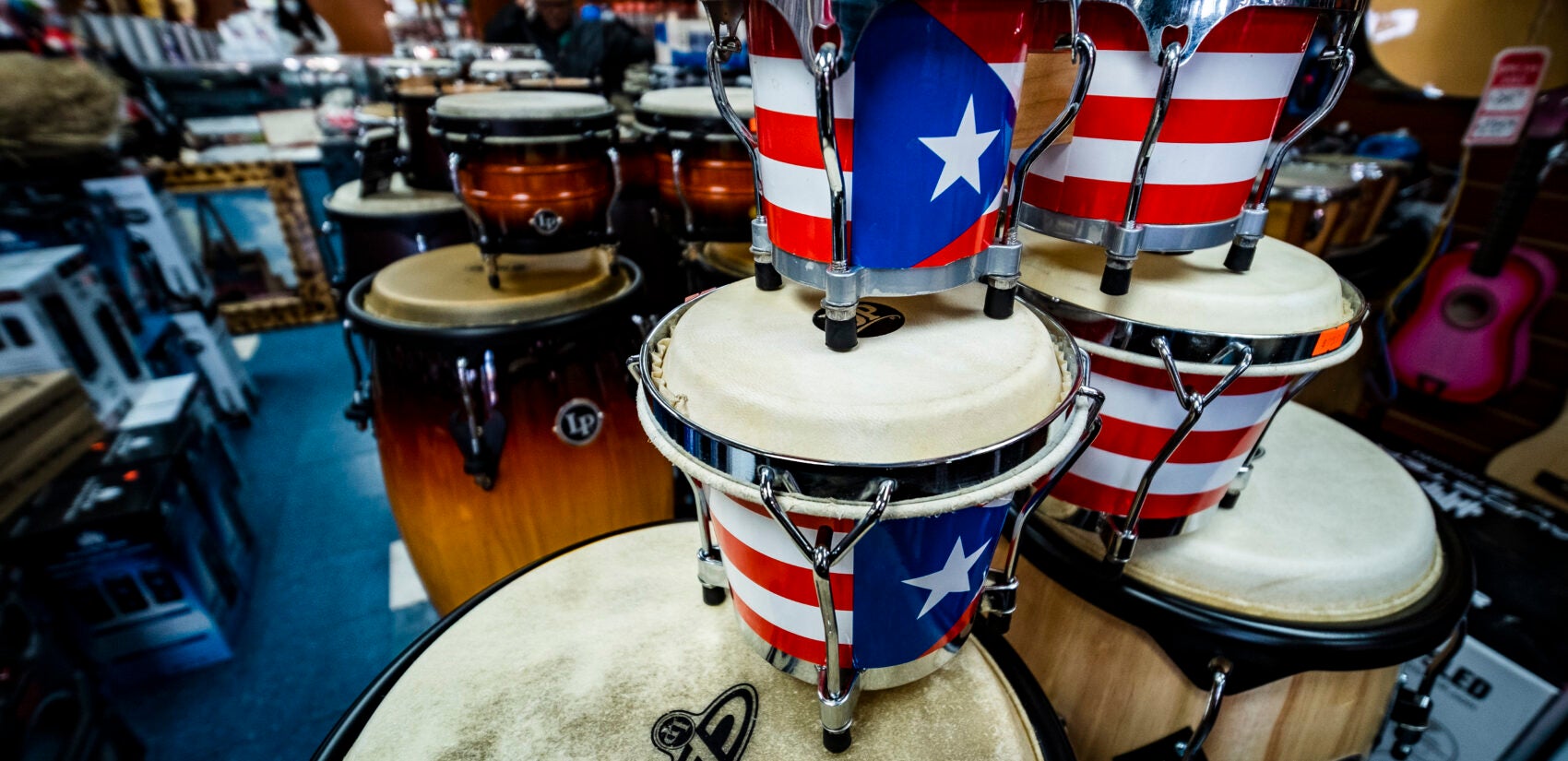
It was a movement – not only of hips and feet – but of race and identity. Salsa was roiling in Queens in the 1970s and still in 1985 when Reinaldo Meléndez moved from Puerto Rico to New York.
When a Latino music store in Queens closed, he bought the records and became a street vendor.
“I was like this for years, selling on the street, until I was able to rent a location,” Meléndez said.
He opened El Barrio Music Center in Manhattan’s East Harlem – and still runs that store, along with a wholesale music business. Meléndez met Wilfredo González, then the owner of Centro Musical, at wholesale shows in Manhattan. González had bought the business from his father, Nestor González, who opened the original store in the old Teatro Puerto Rico movie house at Sixth and Germantown Avenue in 1960.
“I started visiting Wilfredo every Wednesday,” Meléndez said. “We made a nice friendship. By 2014, Wilfredo Gonzalez was determined that he wanted to retire, and he was very insistent that I buy the business from him.”
At first Meléndez was reluctant, but then he reconsidered, taking over the business on Nov. 1, 2014. What sealed the deal was his ability to buy the building.
Since then, “the business is a roller coaster,” Meléndez said. “There are good days and bad days, but we maintain it – that is the important thing.”
At the store, salsa sales remain high. Customers — Puerto Ricans, Dominicans, Peruvians, Venezuelans, “even Mexican salseros,” as well as Americans — purchase music by bestsellers Marc Anthony and Héctor Lavoe.
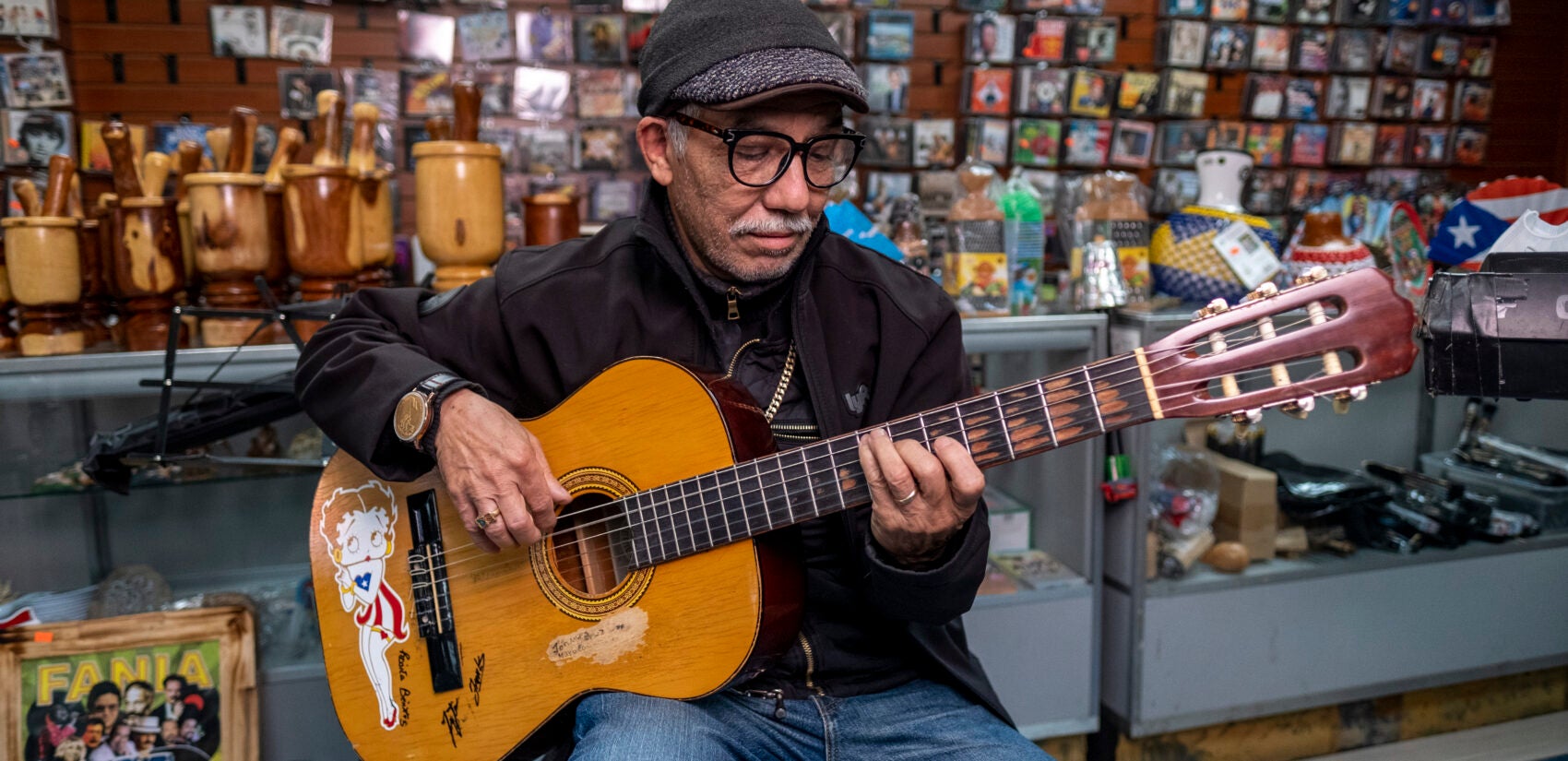
Over the years, Meléndez has seen the music business move from records to cassettes to compact discs, and now to streaming.
“Technology has killed that business a bit, therefore the business has declined a lot,” he said. “To supplement the fall of the CD, I try to bring other types of merchandise.”
Sales of musical instruments, particularly guitars and horns, help the bottom line. He also sells machines that grind dough for cake and domino tables.
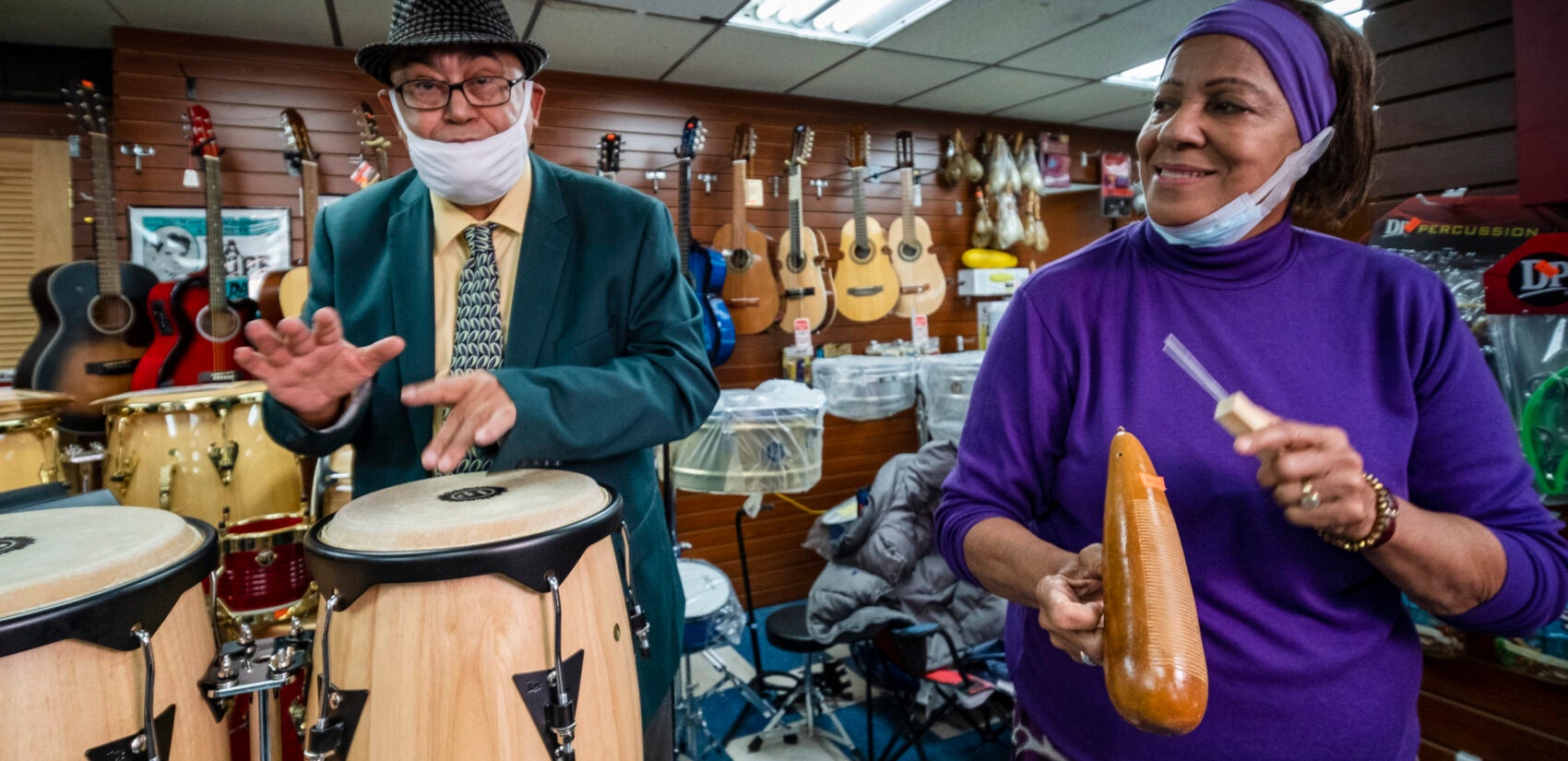
But the heart of the business remains the music – and the community.
“We also offer services,” Meléndez said. “They call us as if we have to know the answers to everything they ask us to do. We try to help them in whatever way we can. They ask me about everything! If I know where they can get a cheap iron or where City Hall is, I have to know everything.”
Meléndez will distribute flyers from the city, and he has a place in his store where business owners can leave their cards.
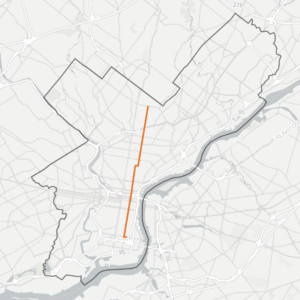
For Meléndez, it’s continuing a Philly tradition of friendship by being “always cordial with people, and yes, if we can give the information, we offer it to them,” he said.
“Apart from me having clients, I like them to become friends.”
That friendship has been key to Centro Musical’s keeping its doors open in tough times.
“I am happy despite everything, despite this year that has been exceptional,” Meléndez said. “I am happy to be here. We are surviving. The store, thanks to the public, has not fallen. We are still on our feet in this battle.”

Subscribe to PlanPhilly
WHYY is your source for fact-based, in-depth journalism and information. As a nonprofit organization, we rely on financial support from readers like you. Please give today.






